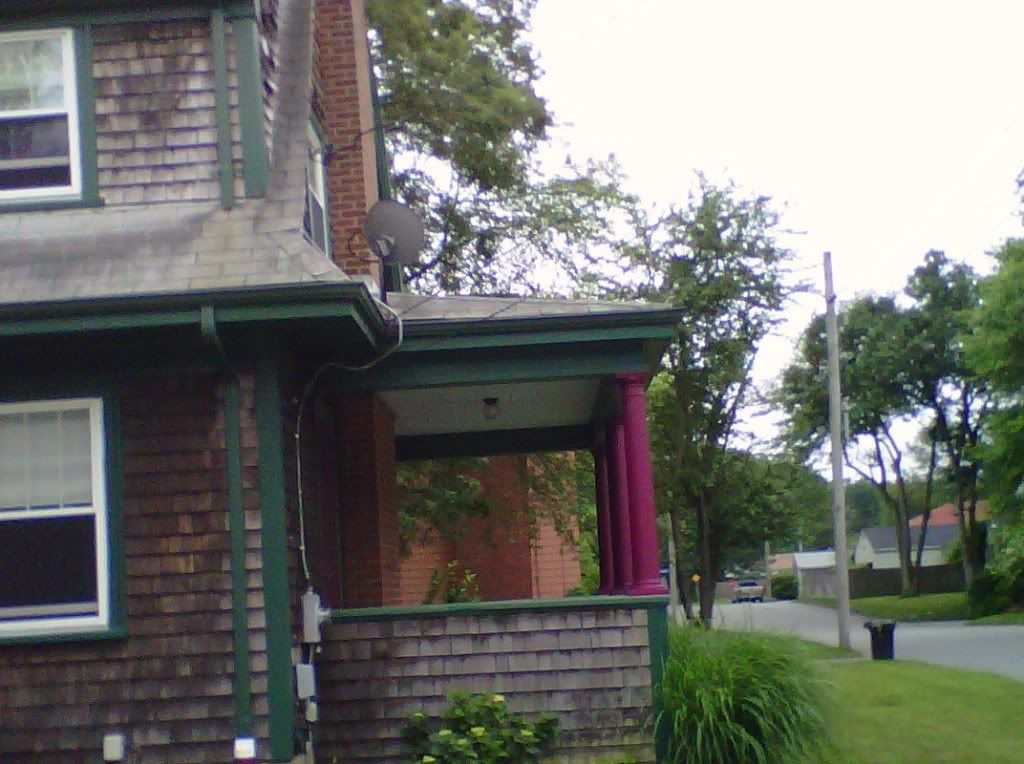newservice
Senior Member
Older 2 story house, soffit all the way around the top of the first floor, kind of a decorative thing with shingles, sticks out a couple feet from the house. Old entrance cable goes in on top and out the bottom. Some day I will buy a new code book, but, since this doesn't pass through any part of the house proper, is it allowable? I should say it doesn't pass through any accessible interior of the house. Looks shabby but don't see a good way around it.




